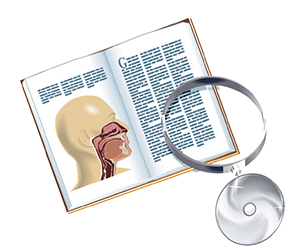Explore This Issue
January 2014
Background
The technique for surgical repair of choanal atresia has evolved over the past 150 years from the blind transnasal puncture described by Emmert in 1854, through the transpalatal approach, to the currently favored endoscopic transnasal approach. As instrumentation for working within the tight confines of the pediatric nasal cavity have become more refined, outcomes reported in the literature have been excellent. The main controversy remaining in choanal atresia surgery is the role of post-operative stenting.
Best Practice
Endoscopic transnasal repair of choanal atresia is a safe and effective surgery. This review demonstrates that outcomes are good regardless of whether post-operative stents are used. Repair without stenting reduces the intensity of postoperative management and avoids the potential for stent-related complications. Read the full article in The Laryngoscope.
Leave a Reply